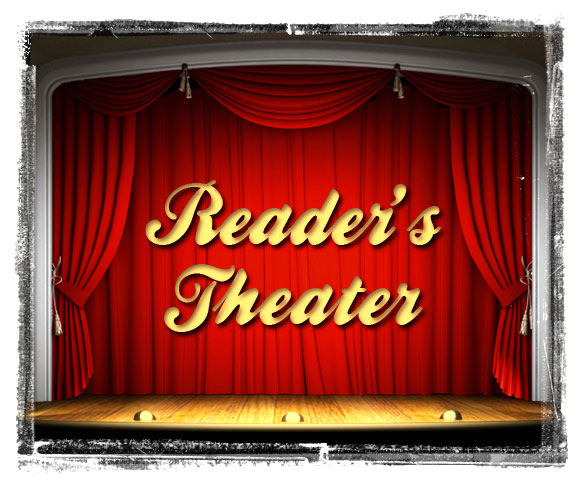December 3
2019
Tuesday 12/3/19 – Language Arts
Good Morning, Class!
Please come in quietly, sit, and take out:
- earbuds / headphones
- agenda
- Chromebook
Write Homework in Agenda:
- Read 25+ pages and log on Biblionasium:
- Title/author
- p. ____ to p. ____
- Big Thing that Happened (2-3 sentences: Who? What? When/Where? How? Why?) + 1 prior knowledge, question, prediction, inference, connection, or word you figured out using syntax/etymology/context clues
- Finish Arguments and Claims (all) and Bullying in Schools (Quiz only) on StudySync.
- Charge Chromebook!
Per. 1 (8:15-9:05) – Language Arts
On Classroom, open ReadWorks and do Article-a-Day.

Learning Target: Students will be able to acquire and use academic words and phrases.
On StudySync, open Academic Vocab Lesson 4
- Your Turn: Do #1 only (split screen with Model)

Learning Target: Students will be able to practice and apply concrete strategies for tracing and evaluating arguments and claims.
On StudySync, open Arguments and Claims assignment
- Define: Video (take notes on Scaffolds, if you have them)
- 0:26 – What are some other frequently debated topics similar to the one shared in the video? Is there ever a “right” or “wrong” side to these kinds of debates? Why or why not?
- 1:11 – List the different types of reasons and evidence (e.g., facts, data, etc.) an author can use to support his or her argument. How do we determine if reasons and evidence are strong enough?
- 1:31 – What are some things you might do if you’re having difficulty disproving a counterargument to your claim?
- Define: Paragraph
- What are the three parts of an argument?
- What is the purpose of an argument?
- What kinds of evidence might a writer include to support his or her claim or reasons?
- Model: Read and Annotate (use Scaffolds if you have them)
- Discuss:
- How does the Model begin to trace the “Point” author’s argument?
- How does the Model continue to trace the argument?
- How does the Model begin to evaluate the argument?
- Why is it important to trace and evaluate arguments?
- Your Turn: Read carefully and answer the questions
Per. 2 (9:08-9:56) – Language Arts

Learning Target: Students will be able to perform an initial reading of a text and demonstrate comprehension by responding to short analysis and inference questions with textual evidence.
On StudySync, open Bullying in Schools assignment
- Intro: Read paragraph and view video (see Scaffold for vocabulary)
- Read: Use ACE colors to annotate text (see Scaffold for vocabulary)
- Organizer:
- Reread to identify the “Point” author’s argument. What is his or her claim? What are some reasons why schools should be very concerned about bullying?
- How does the “Point”author conclude his or her argument?
- Reread to identify the “Counterpoint” writer’s argument. What is his or her claim? How do school programs to prevent bullying generally work?
- How does the “Counterpoint” author conclude his or her argument?
- Quiz: Complete the 9 questions (split screen with text)
Per. 3 (10:03-10:49) – Speech & Debate
Please come in quietly, sit, and take out:
- Reader’s Theater script
 Script practice/rehearsal
Script practice/rehearsal
